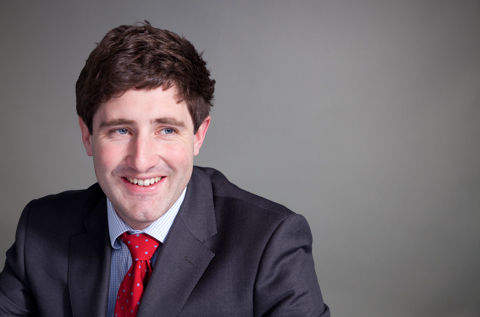Fixed Recoverable Costs in Low Value Beauty Claims: the new landscape
06/02/24The new fixed costs regime, which came into force for Employer liability and public liability (EL/PL) claims issued after 1 October 2023, will have a significant impact on low value beauty claims. This is because the majority of these claims arise out of treatments that are performed by beauty therapists and so all under the scope of public liability rather than medical malpractice rules (for which the rules are yet to be finalised).
The new rules on fixed costs
In summary, the new rules extend the scope of fixed costs in personal injury claims where the cause of action arises after 1 October 2023 beyond the previous value threshold of £25,000 and instead up to £100,000.
In addition to the existing fast track fixed costs, claims valued at between £25,000 and £100,000 issued after 1 October 2023 will also be subject to fixed costs on a new Intermediate Track. Costs on both tracks will be awarded subject to four new complexity bands which will be determined on allocation (the bands for fixed track claims are set out in 26.15 and intermediate track claims are set out in CPR 26.16). The amount awarded will then in addition depend on the stage reached in the litigation.
In Fast Track claims, in practice, directions are set on a standard basis at the time of filing of the defence. These claims will be processed to trial within six months of filing of the defence and the trial will usually last no longer than five hours and involve limited expert evidence.
Intermediate Track claims will be subject to a Case Management Conference with directions for disclosure, service of witness statements and expert evidence (expert reports not to exceed 20 pages). The claims will be subject to Complexity bands as follows:
- Band 1 will apply to claims with only one issue in dispute and trial is likely to last less than one day
- Band 2 will apply to less complex claims with more than one issue in dispute, for example, liability and quantum
- Band 3 is for more complex claims including noise induced hearing loss claims
- Band 4 will apply to any claim where there are serious issues of fact and law
It is likely that there will be some dispute over which band the claim falls in, leading to satellite litigation on this point. There is a strong incentive to make early admissions to allow a Claim to be placed in Bands 1 and 2.
Commonly encountered difficulties
With increasingly complex and invasive treatments available in a non-medical environment, it is often argued that these claims would fall to be determined as a clinical negligence claim bearing standard assessed costs. In this regard, the key source for a definition of a clinical negligence procedure is section 58c(5) of the Courts Legal Services Act 1990 which provides that “clinical negligence” means a breach of duty committed in the course of the provision of clinical or medical services.
Where a procedure is performed by an aesthetic practitioner as opposed to a medical professional, then clearly fixed costs must apply. A complication arises where the procedure is performed by a medical practitioner, albeit performing a procedure which could have been undertaken by an aesthetic practitioner. Many straightforward beauty treatments like IPL (Intense Pulsed Light) applied to deal with hyperpigmentation, fat dissolving injections or other fat dissolving procedures such as cryolipolysis may be undertaken by aesthetic practitioners and we would argue that, where the procedure can be performed by either, the matters falls within a public liability claim and should be dealt with under fixed cost provisions.
In terms of the provisions for fixed costs in clinical negligence claims, implementation which was due to take place in April 2024 is likely to be deferred whilst the Rules Committee consider the procedural implications.
Strategy
At the earliest possible point, consider the following:
- Is this a PL claim? Consider the qualifications needed for the treatment and if it can be performed by an aesthetic practitioner, make it clear that we consider that fixed costs apply and underline this with the claimant, with evidence from the supplier or trainer if possible.
- • If a claim can be valued, see if agreement can be reached on quantum, subject to liability if necessary, to prevent any arguments from claimants that their initial valuation of a claim brought it over the fixed costs threshold, even if it settles subsequently for a lower sum. This could also help minimise the number of experts instructed.
- See where admissions can be made or issues narrowed. This helps to ensure that a lower complexity band is applied with a lower fixed costs allowance.
How Capsticks can help
Capsticks are routinely instructed to assist insurers and their insureds as well as individual practitioners in relation to cosmetic claims. We can assist with the management of these claims and can advise in relation to minimising the risk of claim within a practice setting as well as strategic considerations for commonly encountered claims.
For any further information please contact Majid Hassan, Ed Mellor, Sarah Bryant or Diandra Bennett.







